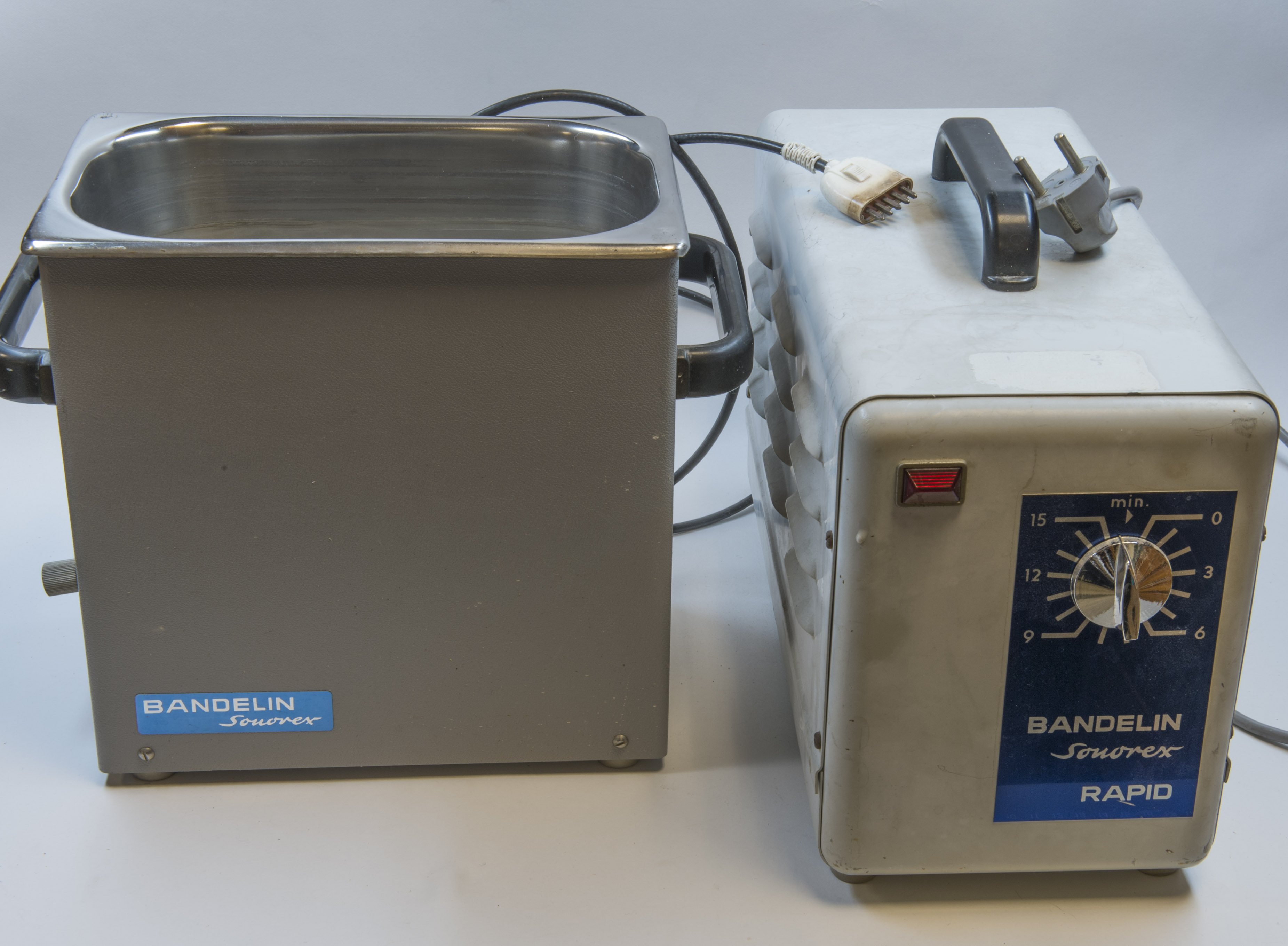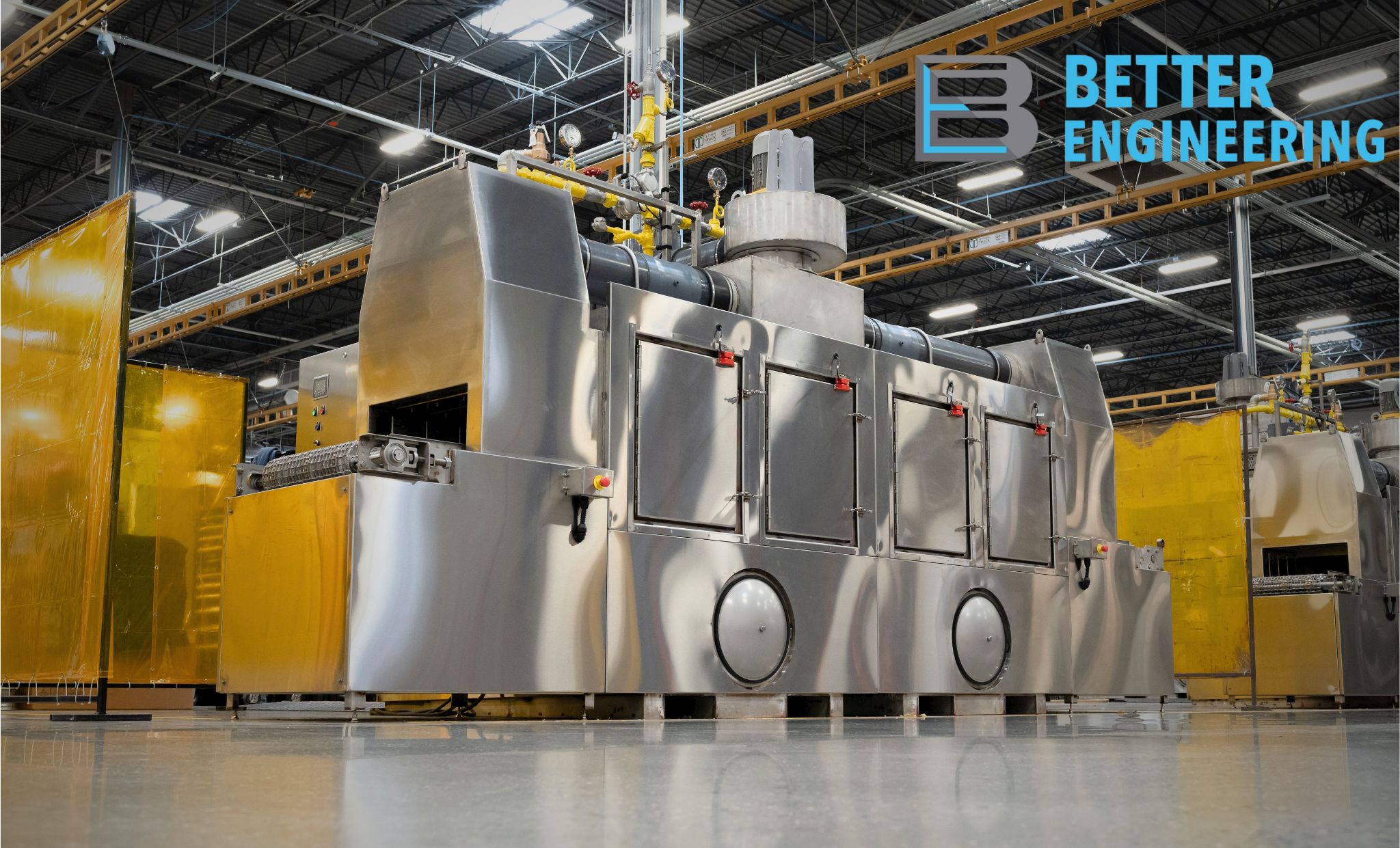|
Megasonic Cleaning
Megasonic cleaning is a type of acoustic cleaning, related to ultrasonic cleaning. It is a gentler cleaning mechanism, less likely to cause damage, and is used in wafer, medical implant, and industrial part cleaning. Similar to ultrasonic cleaning, megasonics utilizes a transducer that usually sits atop a piezoelectric substrate. The transducer creates an acoustic field at a much higher frequency (typically 0.8–2 MHz) compared to ultrasonic cleaning (20-200 kHz). As a result, the cavitation that occurs is gentler and on a much smaller scale. Megasonics are currently used mainly in the electronics industry for preparation of silicon wafers. Barbara Kanegsberg, Edward Kanegsberg (ed), ''Handbook for Critical Cleaning: Cleaning Agents and Systems, Second Edition'',CRC Press, 2011, pp.245-247 Megasonics cleaning compared to ultrasonic cleaning The difference between ultrasonic cleaning and megasonics cleaning lies in the frequency that is used to generate the acoustic wa ... [...More Info...] [...Related Items...] OR: [Wikipedia] [Google] [Baidu] |
Acoustic Cleaning
Acoustic cleaning is a maintenance method used in material-handling and storage systems that handle bulk granular or particulate materials, such as grain elevators, to remove the buildup of material on surfaces. Acoustic cleaning apparatus, usually built into the material-handling equipment, works by generating powerful sound waves which shake particulates loose from surfaces, reducing the need for manual cleaning. History and design An acoustic cleaner consists of a sound source similar to an air horn found on trucks and trains, attached to the material-handling equipment, which directs a loud sound into the interior. It is powered by compressed air rather than electricity so there is no danger of sparking, which could set off an explosion. It consists of two parts: *The acoustic driver. In the driver, compressed air escaping past a diaphragm causes it to vibrate, generating the sound. It is usually made from solid machined stainless steel. The diaphragm, the only mov ... [...More Info...] [...Related Items...] OR: [Wikipedia] [Google] [Baidu] |
Ultrasonic Cleaning
Ultrasonic cleaning is a process that uses ultrasound (usually from 20 to 40 kHz) to agitate a fluid, with a cleaning effect. Ultrasonic cleaners come in a variety of sizes, from small desktop units with an internal volume of less than , to large industrial units with volumes approaching 1,000 litres (260 US gal). The principle of the ultrasonic cleaning machine is to convert the sound energy of the ultrasonic frequency source into mechanical vibration through the transducer. The vibration generated by the ultrasonic wave is transmitted to the cleaning liquid through the cleaning tank wall, so that the micro-bubbles in the liquid in the tank can keep vibrating under the action of the sound wave, destroying and separating the dirty adsorption on the surface of the object. Depending on the object being cleaned, the process can be very rapid, completely cleaning a soiled item in minutes. In other instances cleaning can be slower, and exceed 30 minutes. Ultrasonic cleaners are used ... [...More Info...] [...Related Items...] OR: [Wikipedia] [Google] [Baidu] |
Transducer
A transducer is a device that converts energy from one form to another. Usually a transducer converts a signal in one form of energy to a signal in another. Transducers are often employed at the boundaries of automation, measurement, and control systems, where electrical signals are converted to and from other physical quantities (energy, force, torque, light, motion, position, etc.). The process of converting one form of energy to another is known as transduction. Types * Mechanical transducers, so-called as they convert physical quantities into mechanical outputs or vice versa; * Electrical transducers however convert physical quantities into electrical outputs or signals. Examples of these are: ** a thermocouple that changes temperature differences into a small voltage; ** a linear variable differential transformer (LVDT), used to measure displacement (position) changes by means of electrical signals. Sensors, actuators and transceivers Transducers can be categorized by wh ... [...More Info...] [...Related Items...] OR: [Wikipedia] [Google] [Baidu] |
Piezoelectric
Piezoelectricity (, ) is the electric charge that accumulates in certain solid materials—such as crystals, certain ceramics, and biological matter such as bone, DNA, and various proteins—in response to applied Stress (mechanics), mechanical stress. The word ''piezoelectricity'' means electricity resulting from pressure and latent heat. It is derived from the Greek language, Greek word ; ''piezein'', which means to squeeze or press, and ''ēlektron'', which means amber, an ancient source of electric charge. The piezoelectric effect results from the linear electromechanical interaction between the mechanical and electrical states in crystalline materials with no Centrosymmetry, inversion symmetry. The piezoelectric effect is a reversible process (thermodynamics), reversible process: List of piezoelectric materials, materials exhibiting the piezoelectric effect also exhibit the reverse piezoelectric effect, the internal generation of a mechanical strain resulting from an appli ... [...More Info...] [...Related Items...] OR: [Wikipedia] [Google] [Baidu] |
Frequency
Frequency is the number of occurrences of a repeating event per unit of time. It is also occasionally referred to as ''temporal frequency'' for clarity, and is distinct from ''angular frequency''. Frequency is measured in hertz (Hz) which is equal to one event per second. The period is the interval of time between events, so the period is the reciprocal of the frequency. For example, if a heart beats at a frequency of 120 times a minute (2 hertz), the period, —the interval at which the beats repeat—is half a second (60 seconds divided by 120 beats). Frequency is an important parameter used in science and engineering to specify the rate of oscillatory and vibratory phenomena, such as mechanical vibrations, audio signals (sound), radio waves, and light. Definitions and units For cyclical phenomena such as oscillations, waves, or for examples of simple harmonic motion, the term ''frequency'' is defined as the number of cycles or vibrations per unit of time. Th ... [...More Info...] [...Related Items...] OR: [Wikipedia] [Google] [Baidu] |
Cavitation
Cavitation is a phenomenon in which the static pressure of a liquid reduces to below the liquid's vapour pressure, leading to the formation of small vapor-filled cavities in the liquid. When subjected to higher pressure, these cavities, called "bubbles" or "voids", collapse and can generate shock waves that may damage machinery. These shock waves are strong when they are very close to the imploded bubble, but rapidly weaken as they propagate away from the implosion. Cavitation is a significant cause of wear in some engineering contexts. Collapsing voids that implode near to a metal surface cause cyclic stress through repeated implosion. This results in surface fatigue of the metal causing a type of wear also called "cavitation". The most common examples of this kind of wear are to pump impellers, and bends where a sudden change in the direction of liquid occurs. Cavitation is usually divided into two classes of behavior: inertial (or transient) cavitation and non-inertial c ... [...More Info...] [...Related Items...] OR: [Wikipedia] [Google] [Baidu] |
Parts Cleaning
Parts cleaning is essential to many industrial processes, as a prelude to surface finishing or to protect sensitive components. Electroplating is particularly a sensitive to part cleanliness, since molecular layers of oil can prevent the adhesion of the coating. ASTM B322 is a standard guide for cleaning metals prior to electroplating. Cleaning processes include solvent cleaning, hot alkaline detergent cleaning, electro-cleaning, and acid etch. The most common industrial test for cleanliness is the water-break test, in which the surface is thoroughly rinsed and held vertical. A quantitative measurement for this parameter is contact angle. Hydrophobic contaminants such as oils cause the water to bead and break up, allowing the water to drain rapidly. Perfectly clean metal surfaces are hydrophilic and will retain an unbroken sheet of water that does not bead up or drain off. ASTM F22 describes a version of this test. This test does not detect hydrophilic contaminants, but the electr ... [...More Info...] [...Related Items...] OR: [Wikipedia] [Google] [Baidu] |
Ultrasonic Cavitation Device
Ultrasonic cavitation device is a surgical device using low frequency ultrasound energy to dissect or fragment tissues with low fiber content. It is basically an ultrasound probe (acoustic vibrator) combined with an aspirator device (suction). It is mainly used for tissues with high water content and low fiber content, like noncirrhotic liver and pancreas. It has advantages of less blood loss, improved visibility and less collateral tissue damage. It is used in number of surgical procedures such as resection of small endocrine pancreatic tumours, partial nephrectomy, salvage splenectomy, head and neck procedures and gynecological tumours. See also *Instruments used in general surgery There are many different surgical specialties, some of which require very specific kinds of surgical instruments to perform. General surgery is a specialty focused on the abdominal contents, as well as the thyroid gland, and diseases involvin ... References {{reflist Surgical instruments ... [...More Info...] [...Related Items...] OR: [Wikipedia] [Google] [Baidu] |
Ultrasound
Ultrasound is sound waves with frequency, frequencies higher than the upper audible limit of human hearing range, hearing. Ultrasound is not different from "normal" (audible) sound in its physical properties, except that humans cannot hear it. This limit varies from person to person and is approximately 20 Hertz, kilohertz (20,000 hertz) in healthy young adults. Ultrasound devices operate with frequencies from 20 kHz up to several gigahertz. Ultrasound is used in many different fields. Ultrasonic devices are used to detect objects and measure distances. Ultrasound imaging or sonography is often used in medicine. In the nondestructive testing of products and structures, ultrasound is used to detect invisible flaws. Industrially, ultrasound is used for cleaning, mixing, and accelerating chemical processes. Animals such as bats and porpoises use ultrasound for locating Predation, prey and obstacles. History Acoustics, the science of sound, starts as far back as Pyth ... [...More Info...] [...Related Items...] OR: [Wikipedia] [Google] [Baidu] |






